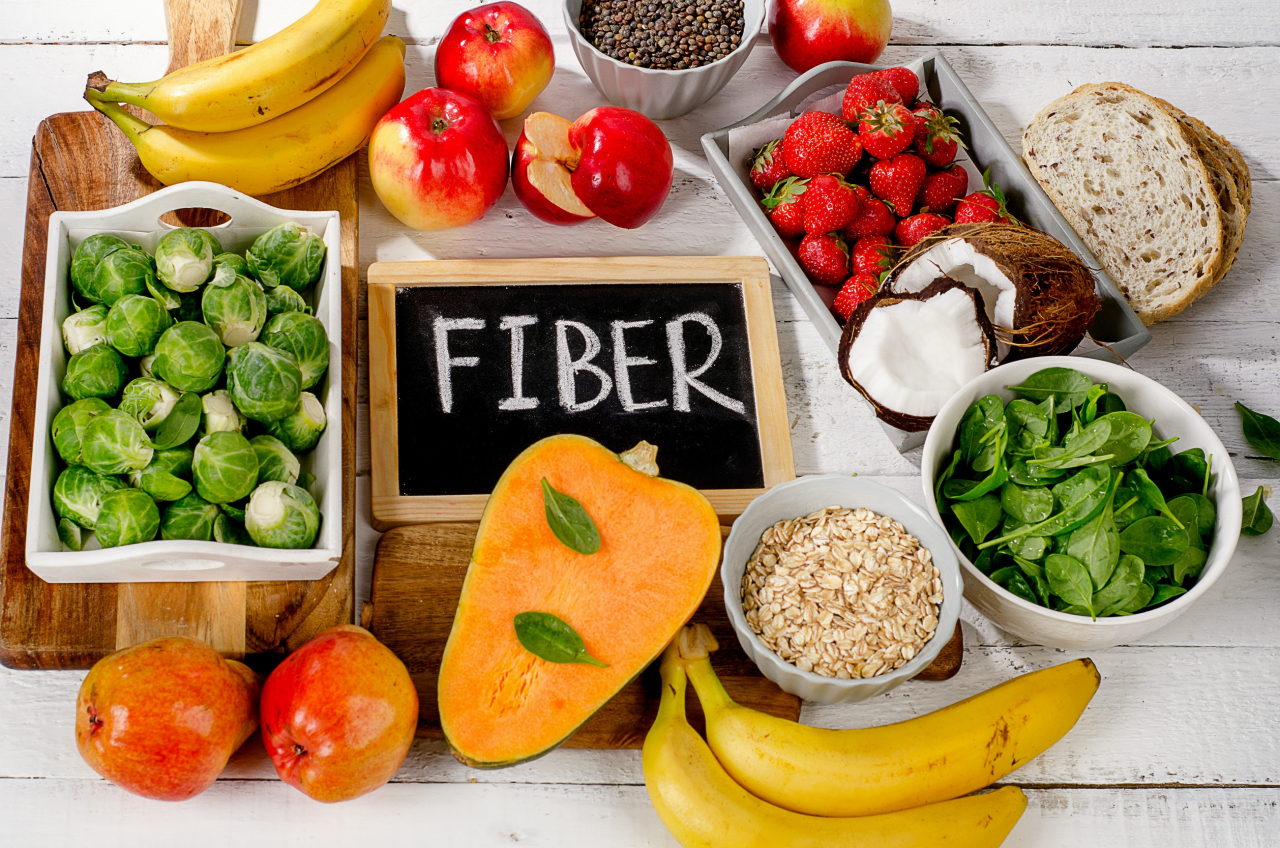
CHOLESTEROL-BE-GONE: HOW YOUR FOOD CHOICES CAN LOWER CHOLESTEROL NATURALLY
We use blood cholesterol levels to determine the risk of various diseases, including cardiovascular and brain disorders.
Various medical experts point to blood cholesterol as an important factor, alongside genetic factors, stress, lack of exercise, and poor dietary habits. It also means that changing nutritional habits can somewhat improve cholesterol problems. Some nutrients are necessary to maintain healthy cholesterol levels. The representative nutrient that nutritionists mention is dietary fiber.
Dietary Fiber Sticks to ‘Bad’ Cholesterol and Excretes
Dietary fiber, an ingredient that the body’s digestive enzymes do not break down, divides into soluble and insoluble types. Soluble nutritional fiber melts in water, so when it meets water, it swells like sticky jelly and softens the stool. U.S. certified nutritionist Kim Min Jung explains, “Soluble dietary fiber traps ‘bad’ LDL cholesterol in sticky moisture, preventing its deposition on blood vessel walls or absorption into the body.”
In fact, according to a study published in the academic journal Advances in Nutrition this year, the most effective method of lowering total cholesterol levels through food was consuming 15g of ‘soluble’ dietary fiber every day. Soluble dietary fiber is abundant in seaweeds such as kelp, wakame, and prunes.
If soluble dietary fiber makes the stool soft, insoluble dietary fiber increases the volume of the stool. Nutritionist Kim Min Jung said, “Insoluble dietary fiber helps with regular bowel movements, prevents constipation, and stimulates the intestines to promote intestinal movement. It also plays a role in sweeping down the walls of blood vessels and wiping off cholesterol fat debris.” Insoluble dietary fiber is abundant in coarse whole grains, vegetables, and almonds.
If You Increase Dietary Fiber, You Must Drink Enough Water
Overeating dietary fiber because it is good for cholesterol management can also cause problems. If you increase your dietary fiber intake more than usual, drink enough water. This is a common problem when eating a lot of dietary fiber. Nutritionist Kim states, “When the body lacks hydration and the amount of insoluble dietary fiber increases, stools can become rough. Prolonged presence in the intestines may worsen constipation.”
Kim simplifies the concept: “When the intestines (toilet) are well-hydrated (full of water), dietary fiber (toilet paper) flushes through smoothly. However, insufficient hydration and excess fiber is like clogging the toilet.”
The recommended daily intake of total dietary fiber is generally 25-30g. Comparing the fiber content of foods rich in dietary fiber, according to the U.S. Department of Agriculture food data, chia seeds contain 34g of dietary fiber per 100g, placing them on the ‘high’ side. However, consuming 100g of very lightweight chia seeds is not easy.
Among fruits, prunes can be mentioned. They contain 6.1g of dietary fiber per 100g, more than apples (2.4g). Significantly, the advantage of prunes is that you can quickly eat about 10 pieces of 100g.
Among nuts, almonds are representative. They contain 12g of dietary fiber per 100g, and 100g of almonds usually corresponds to ‘three handfuls.’ A ‘handful of almonds (about 23 pieces” is about 30g.
In addition, these vegetables, such as carrots (2.8g per 100g) and cabbage (2.5g), are also rich in dietary fiber.
By. Yook Sung Yeon
Most Viewed in Gangnam Times
2023-12-10T10:10:19Z dg43tfdfdgfd